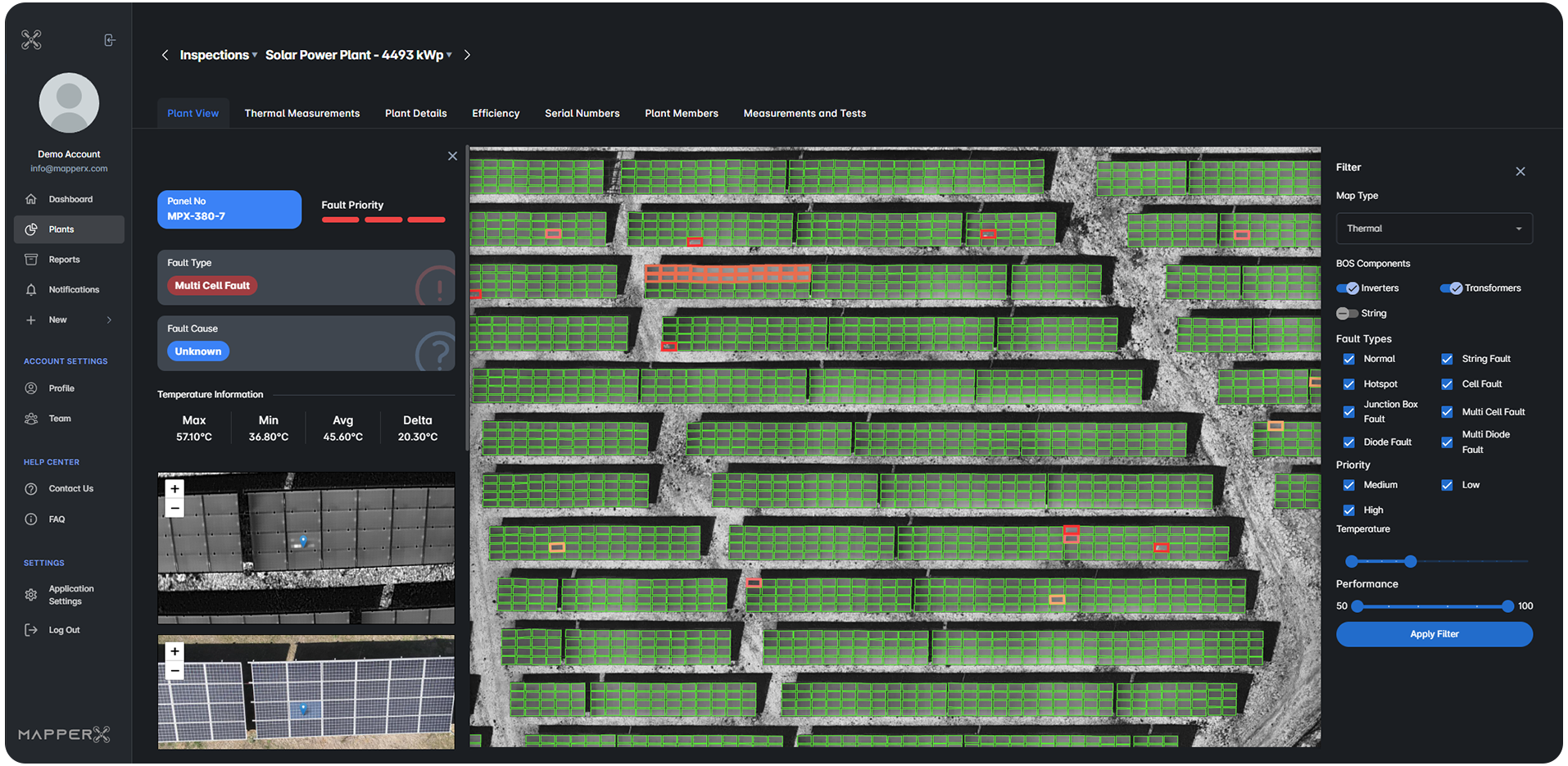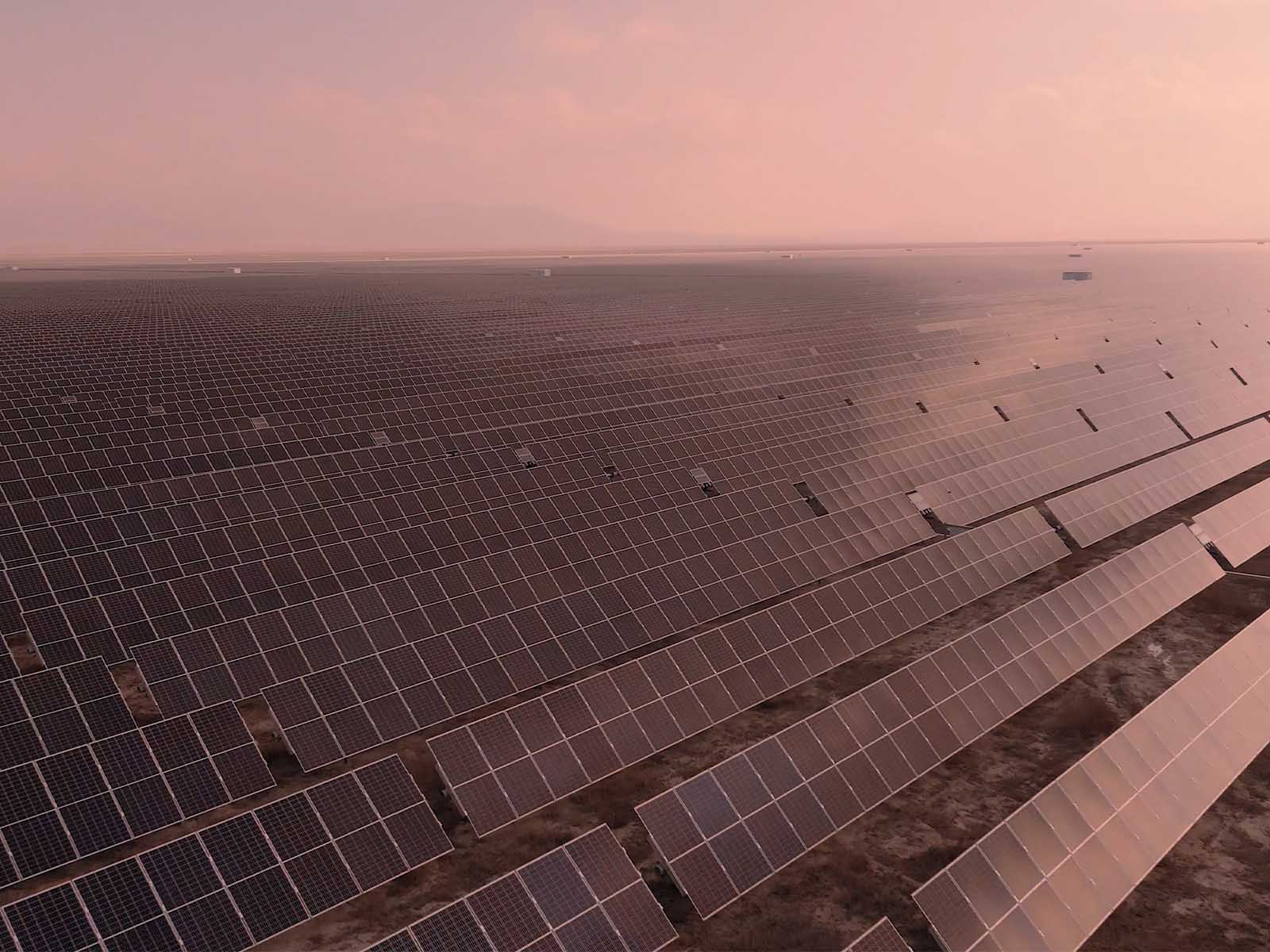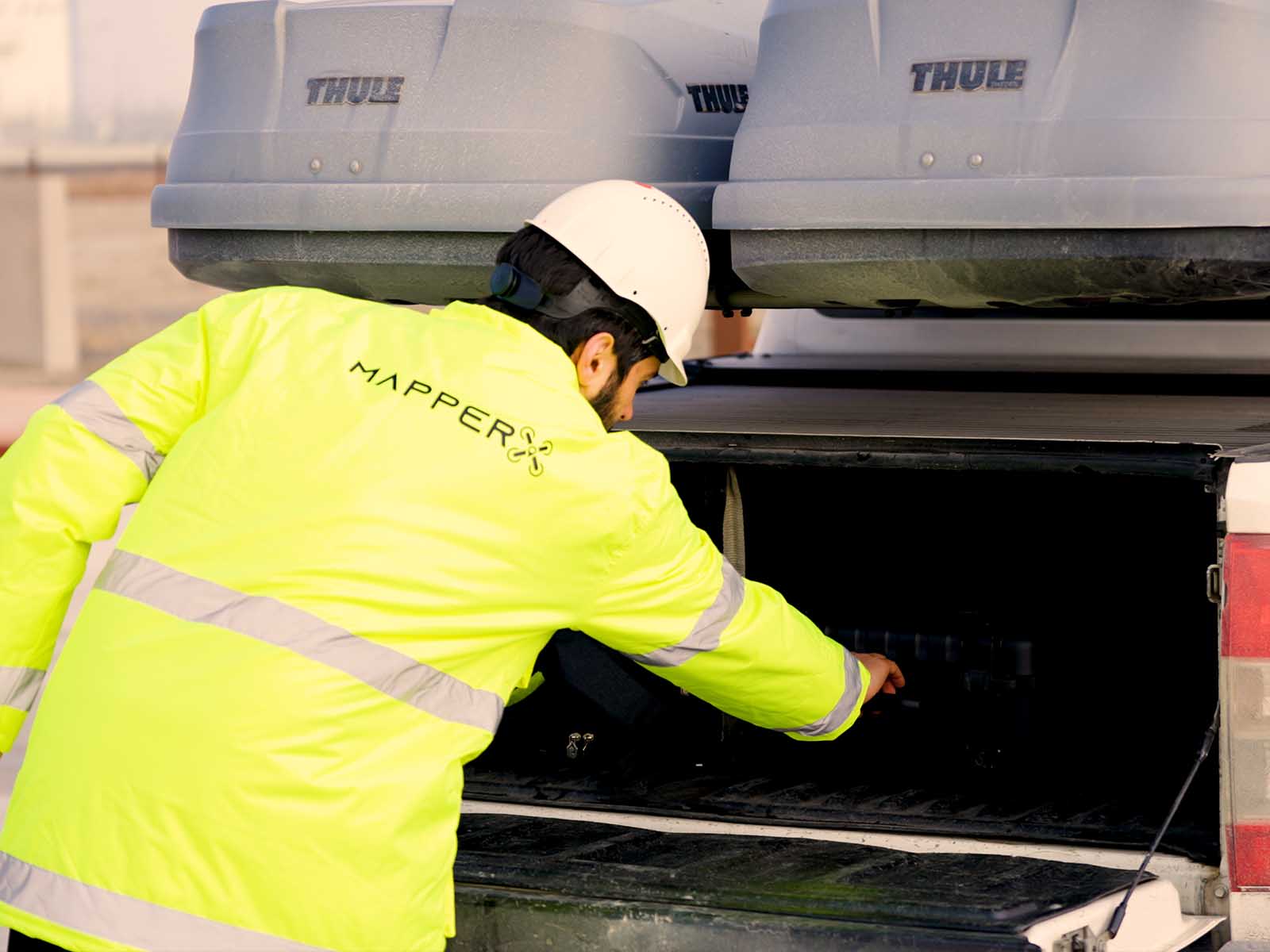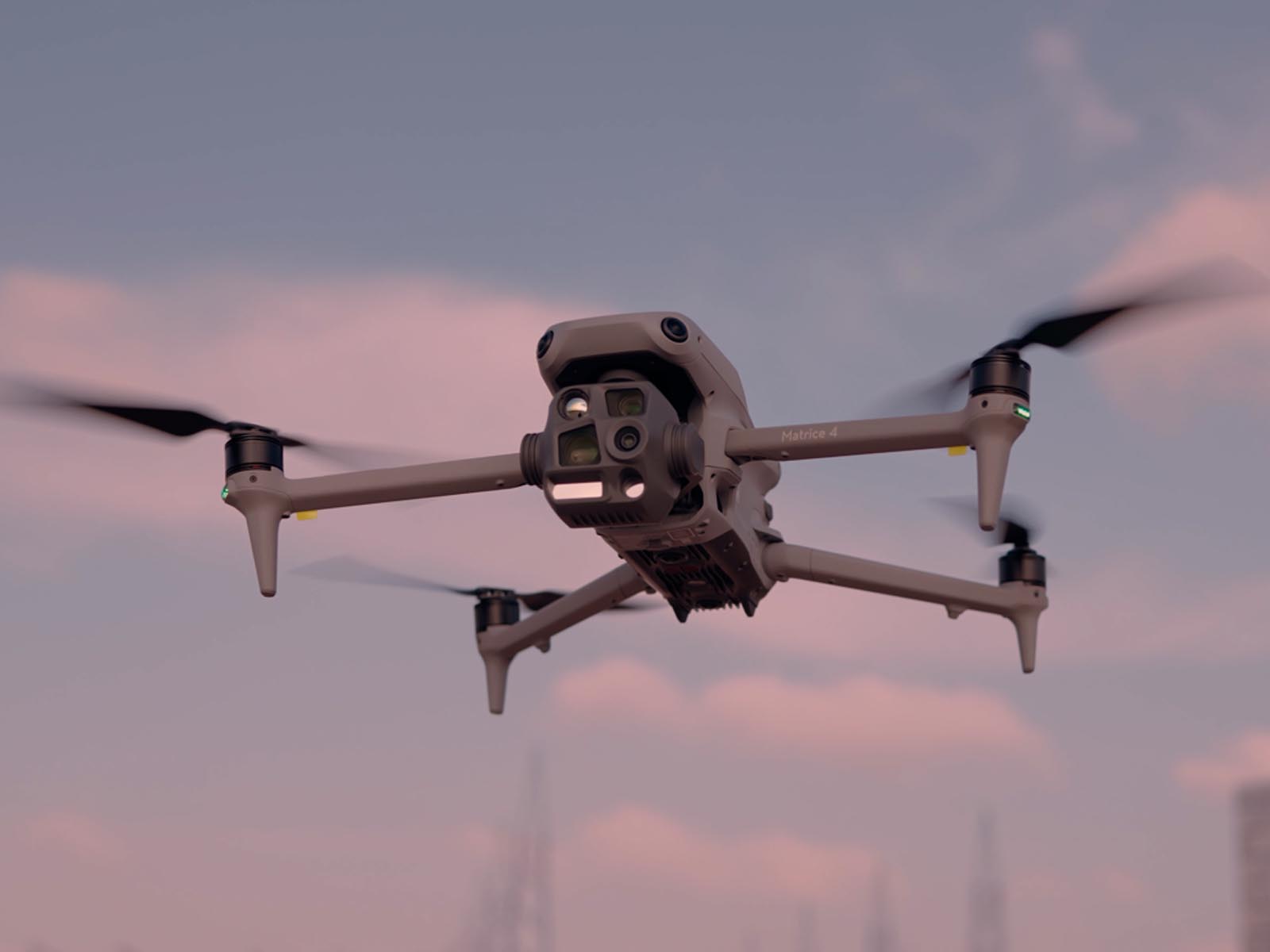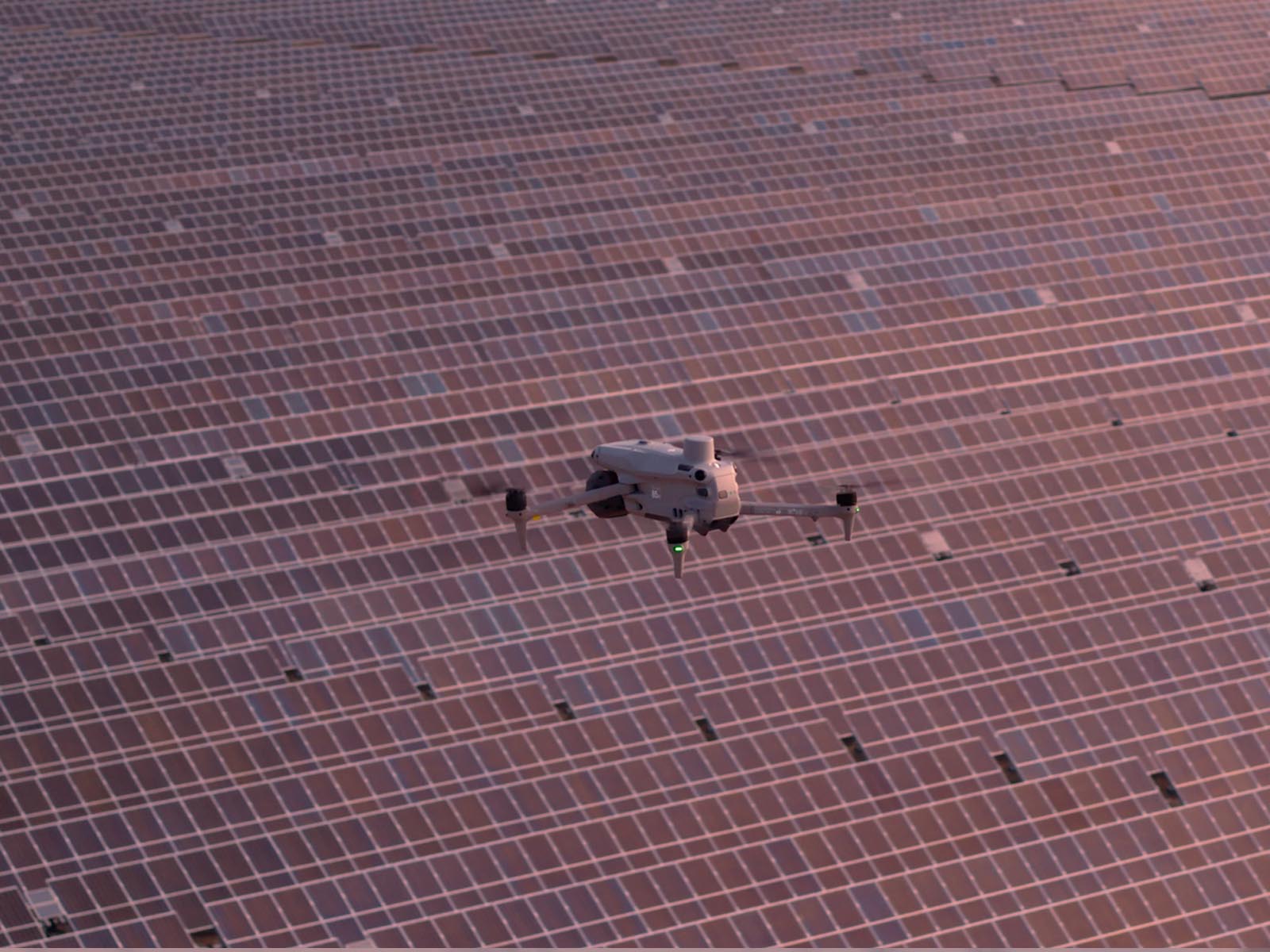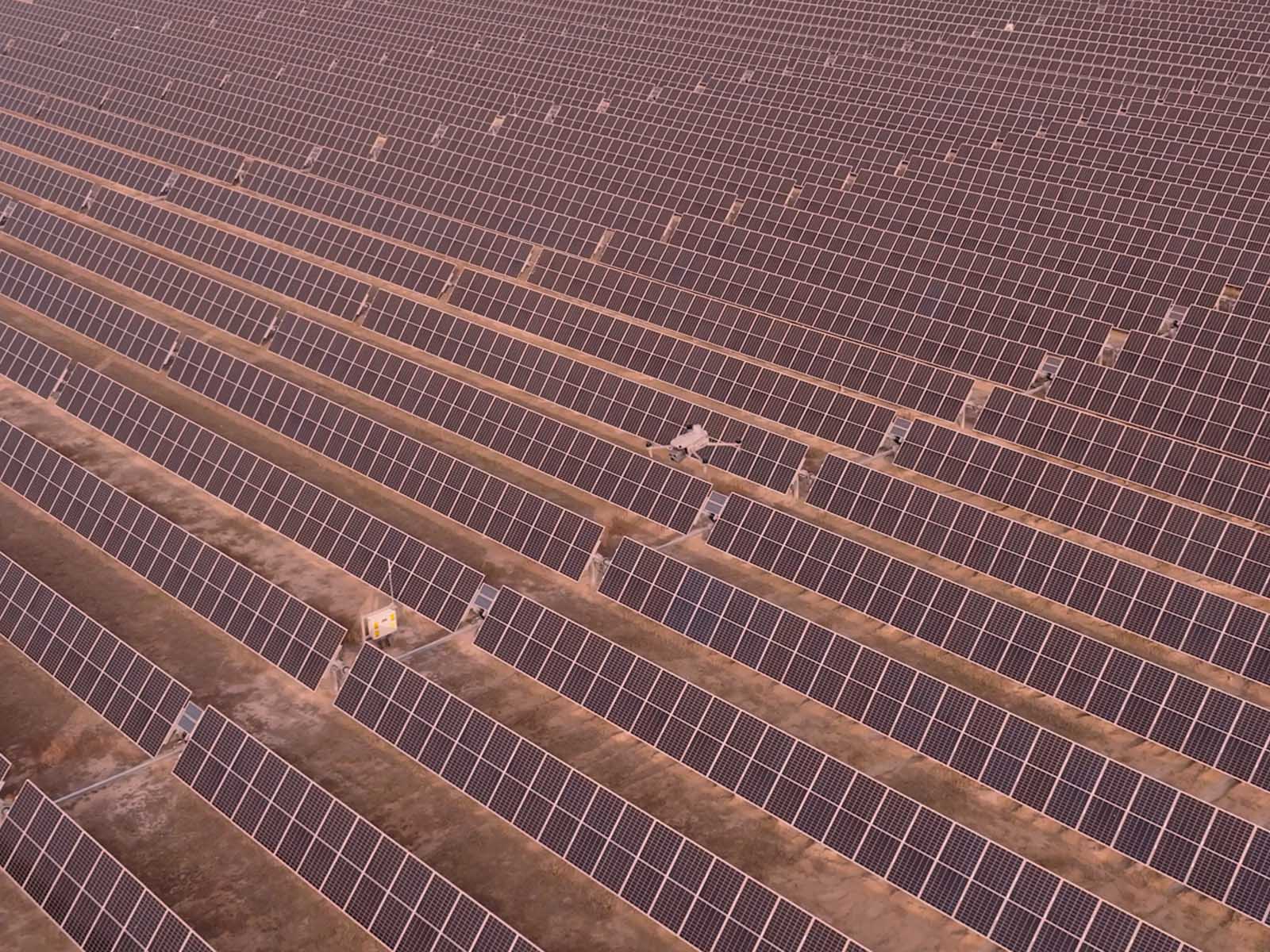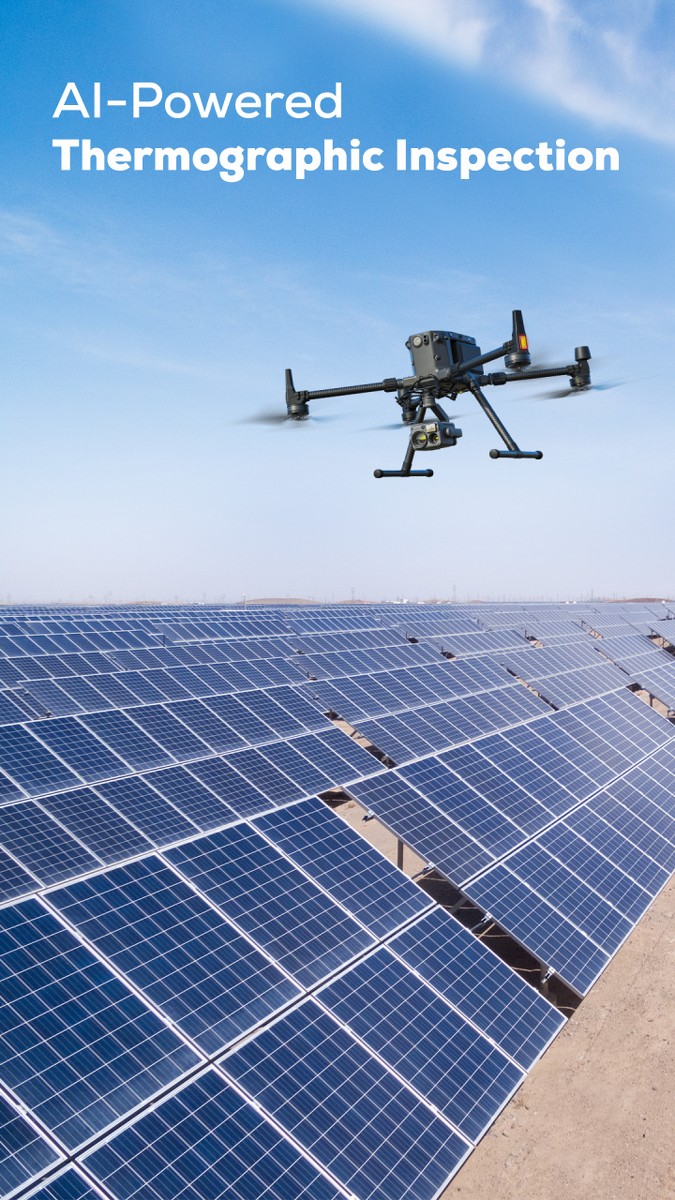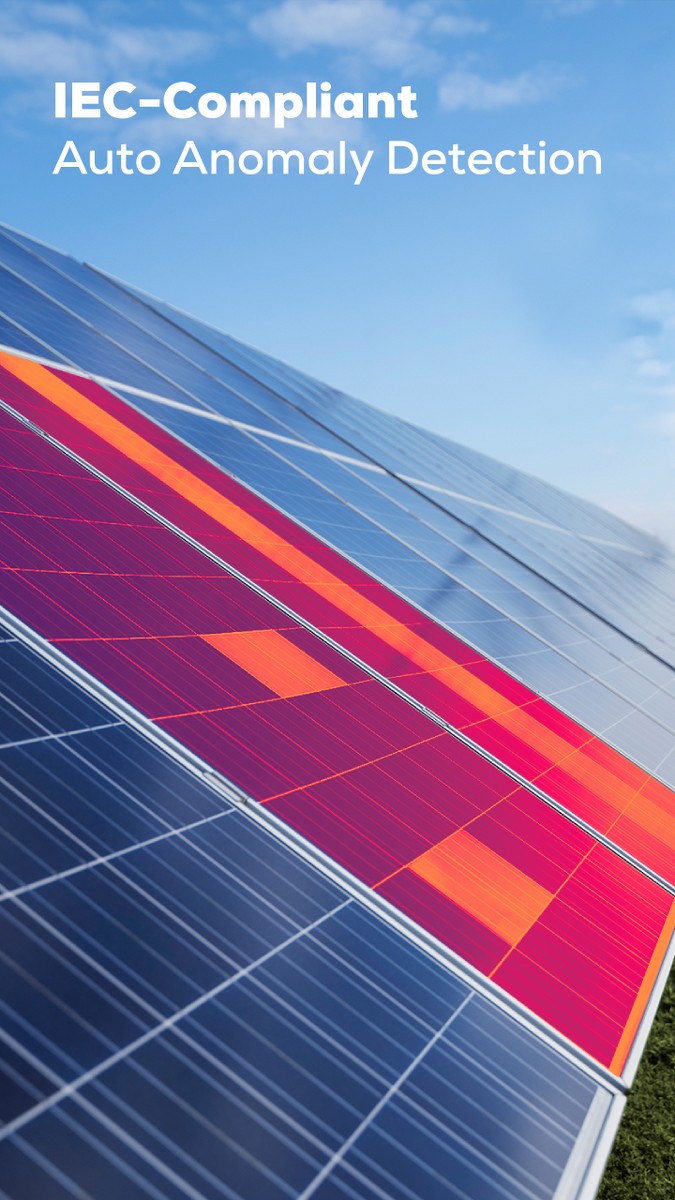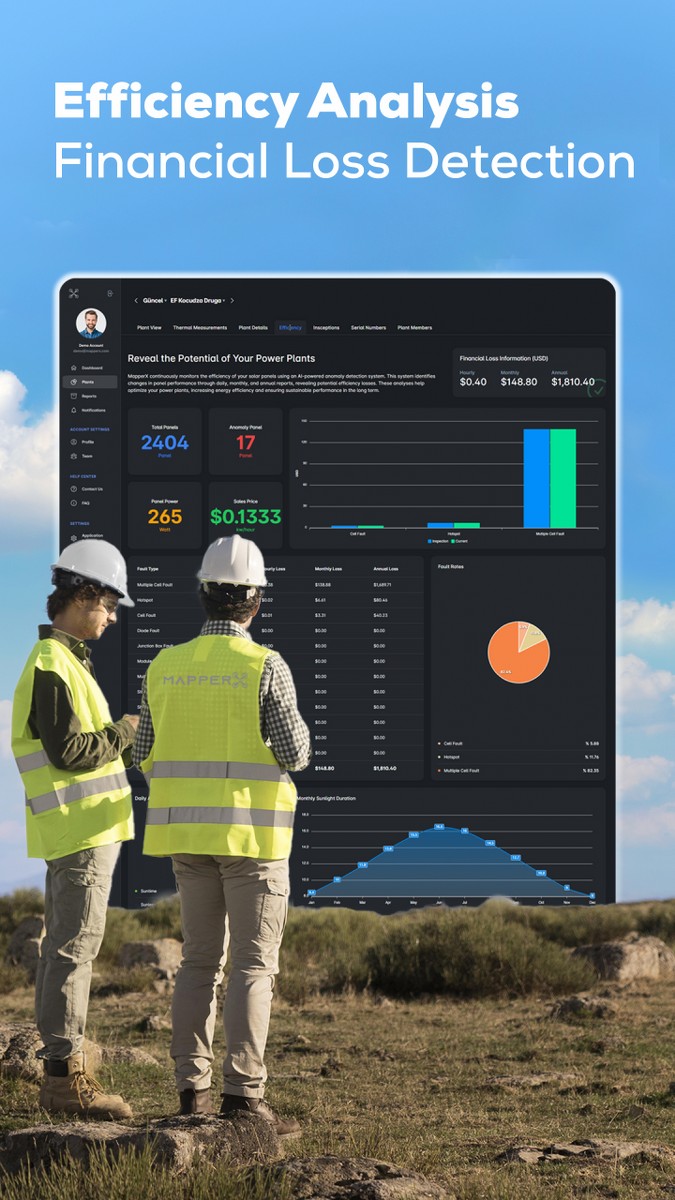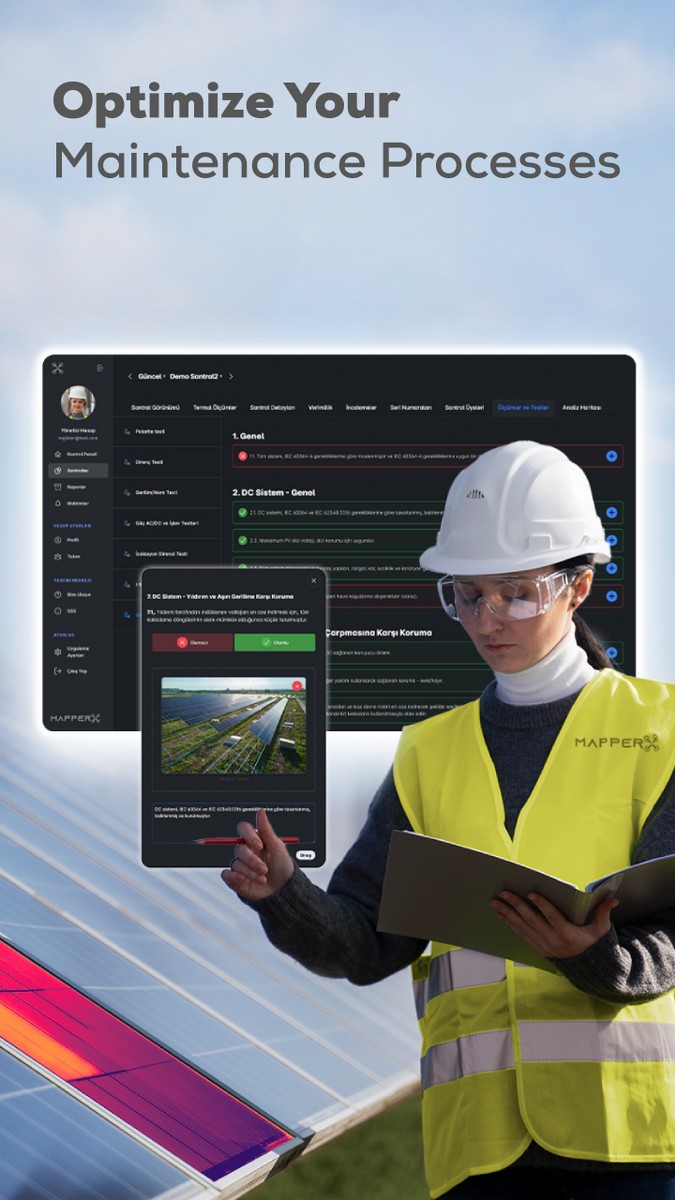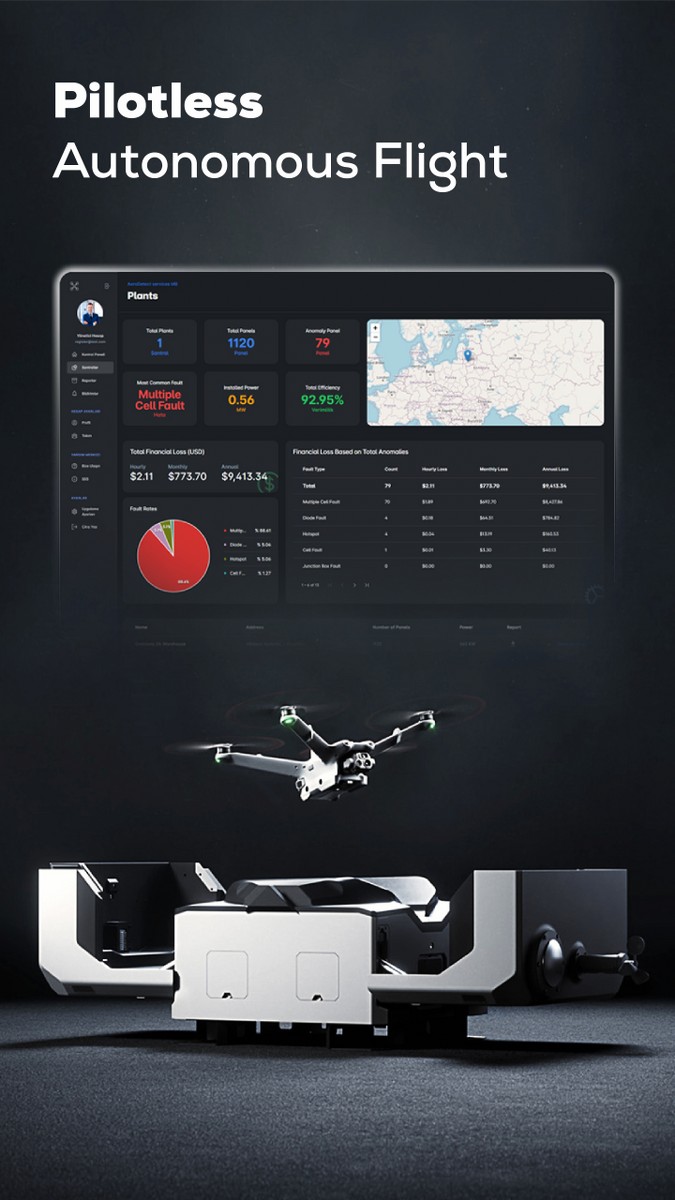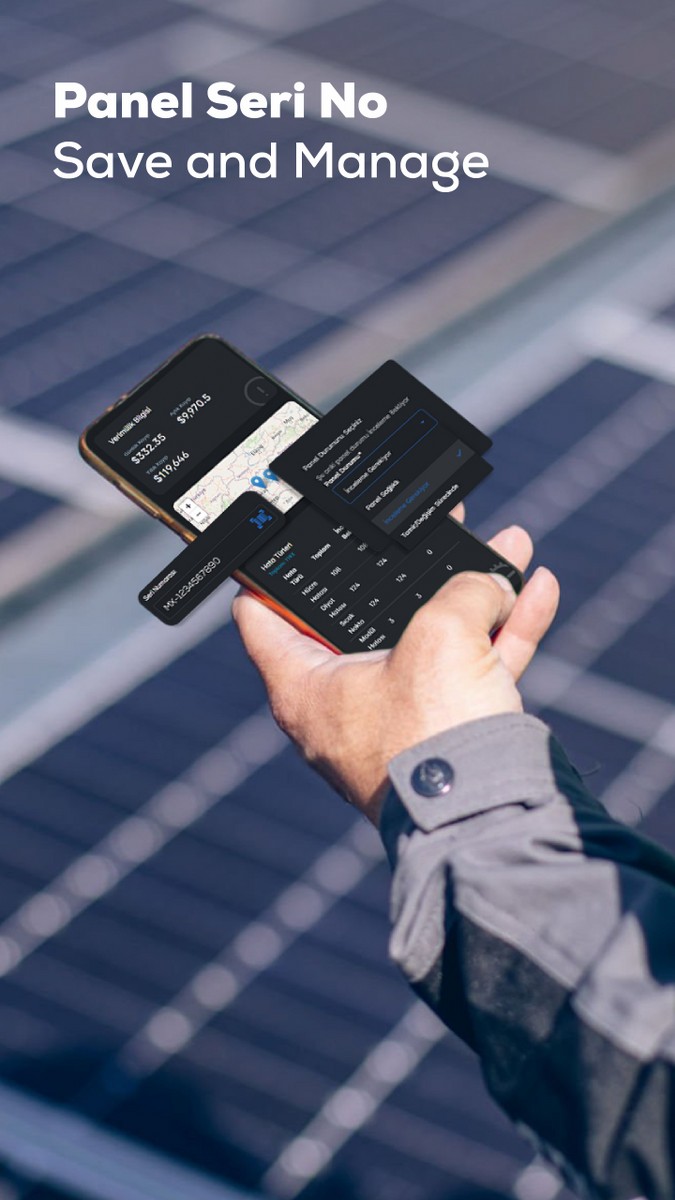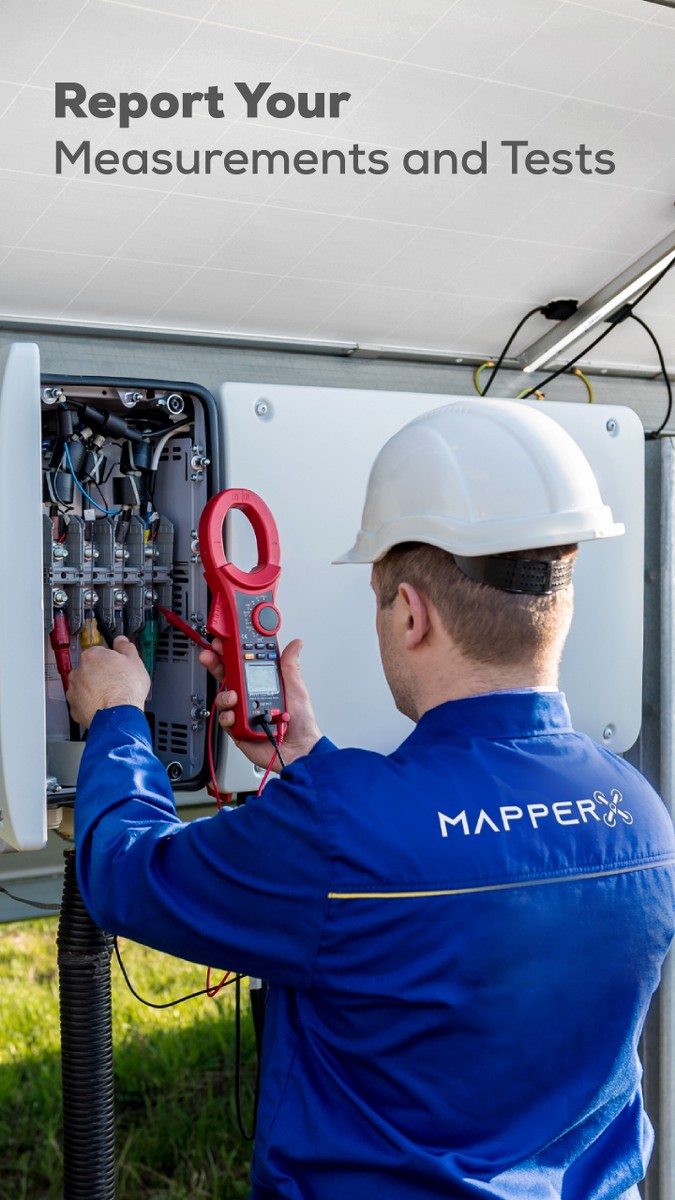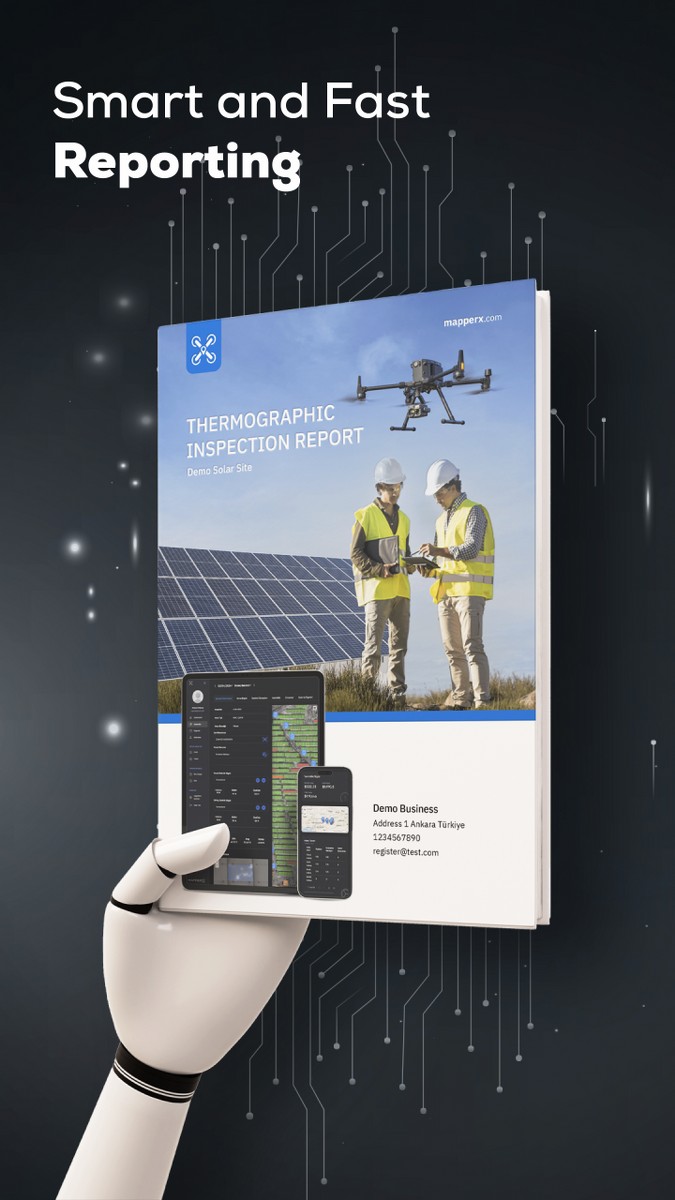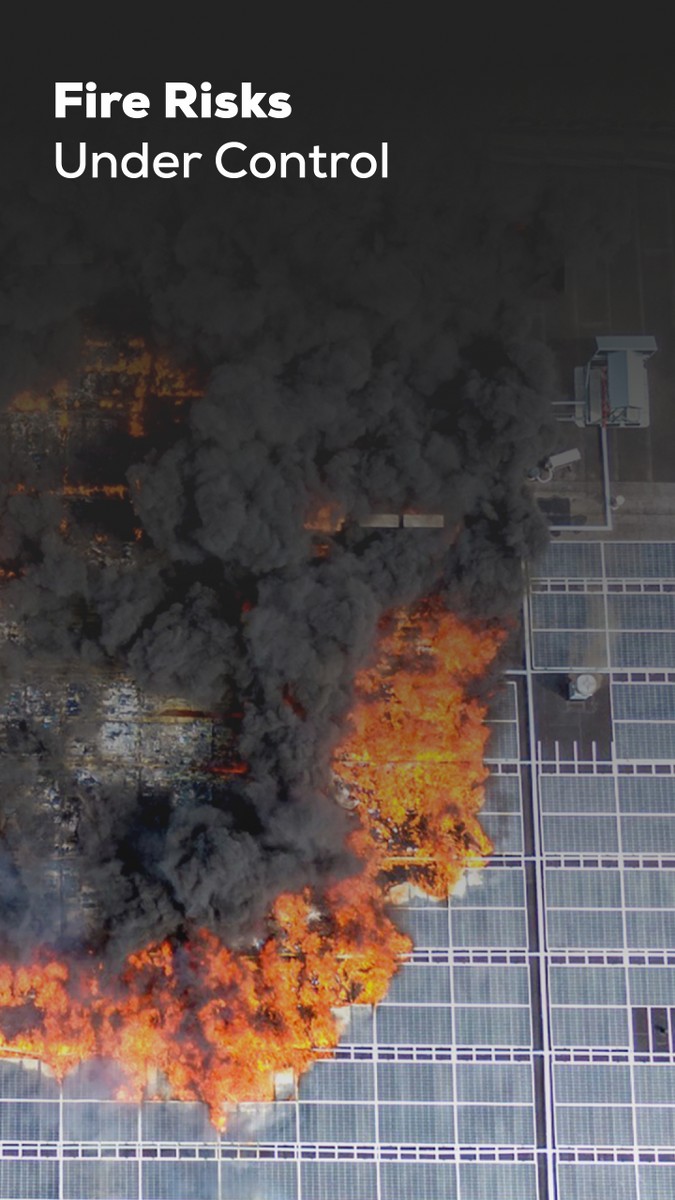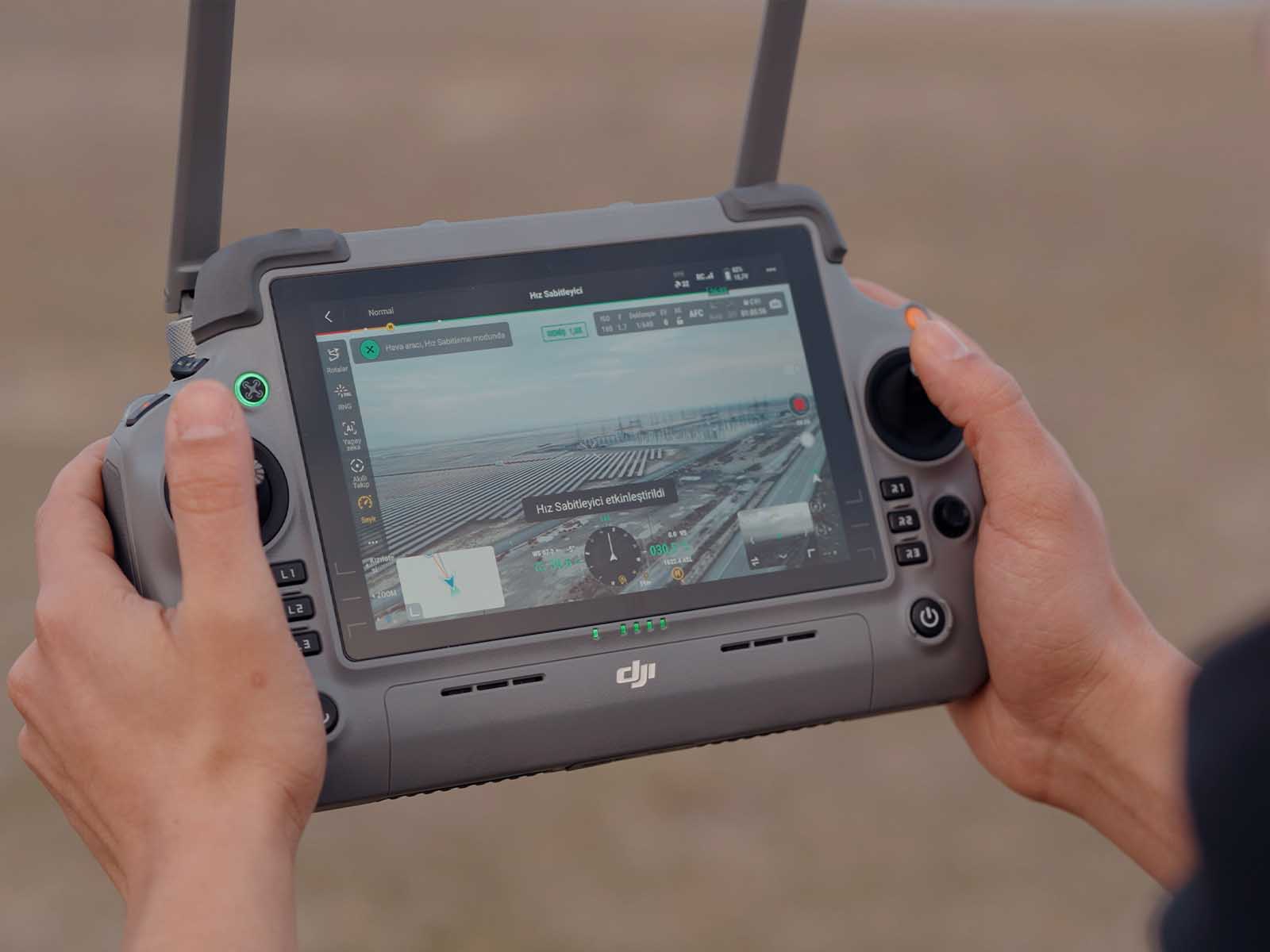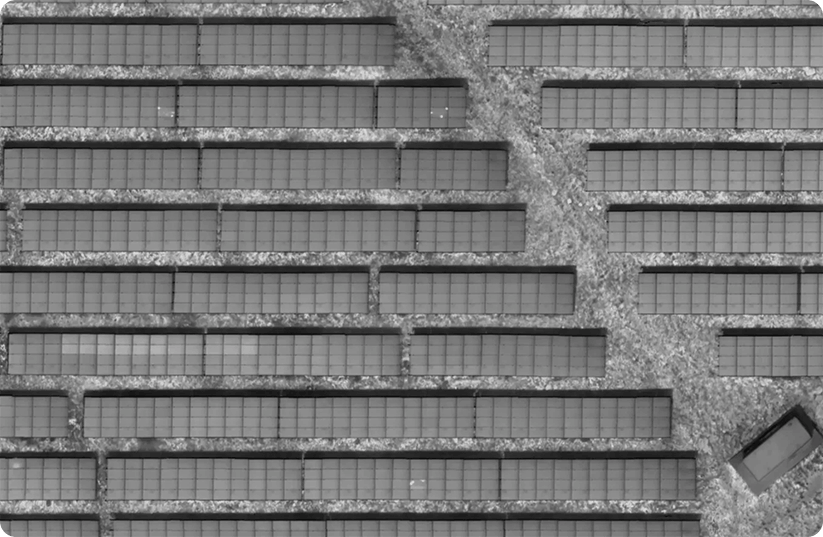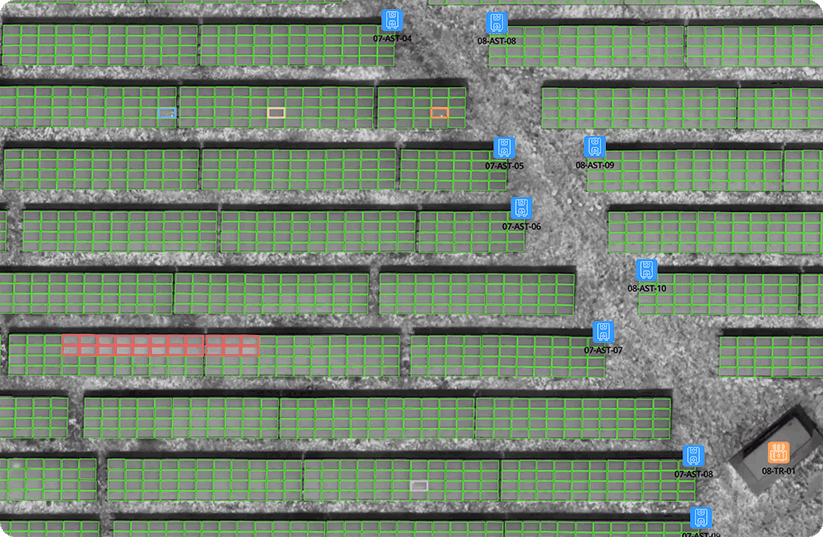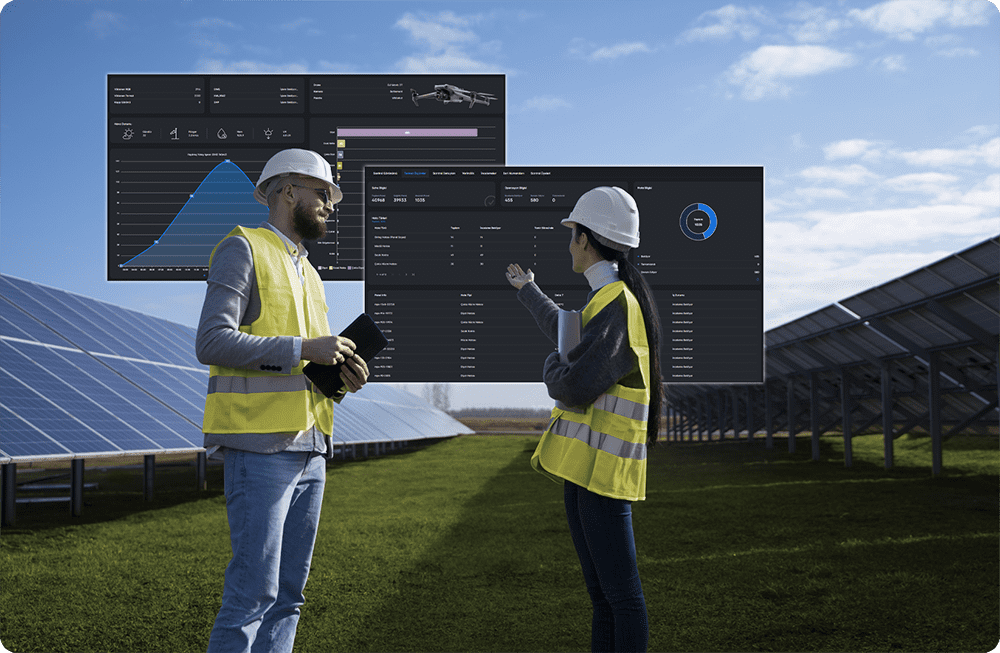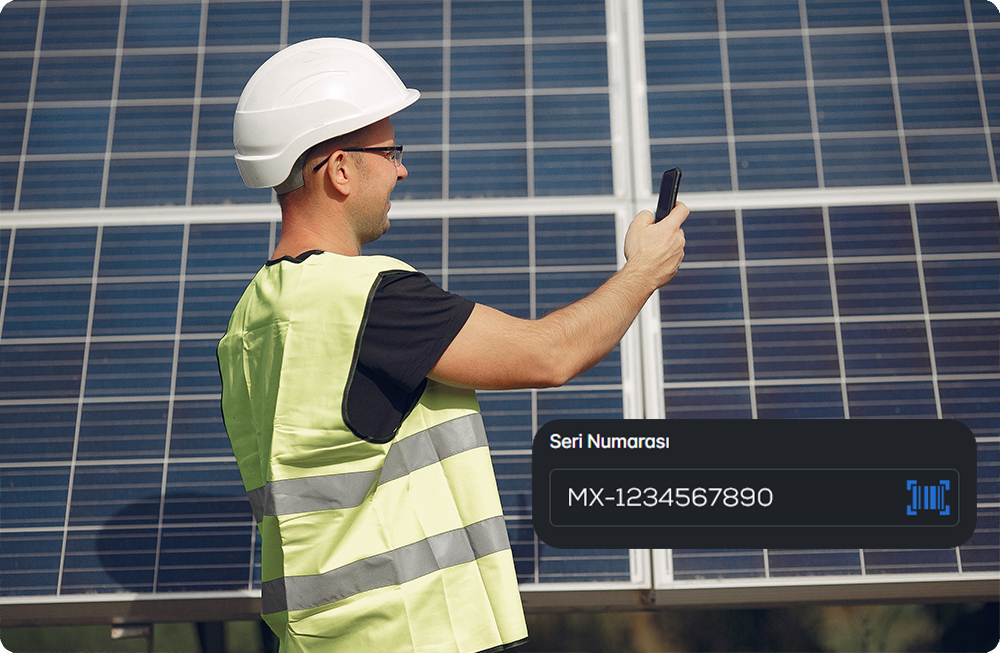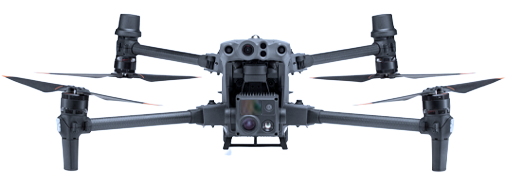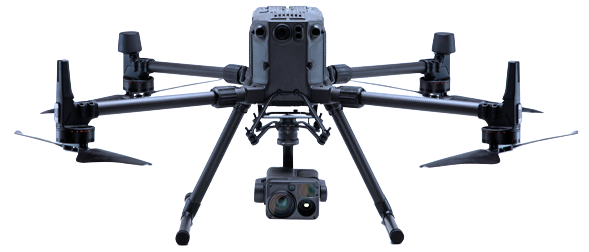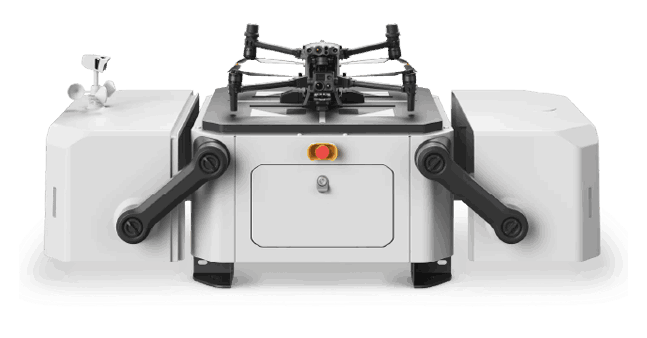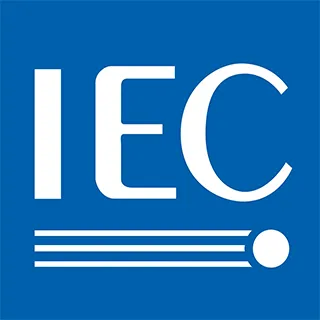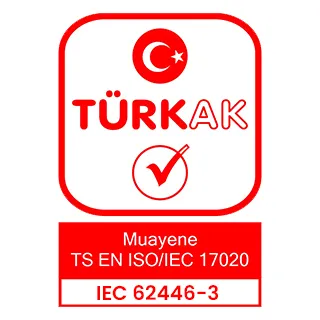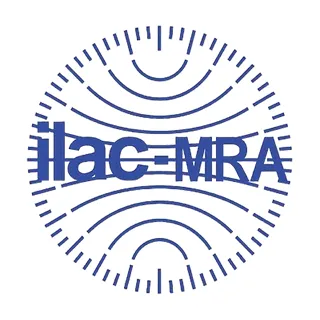MapperX is an advanced solution designed to streamline these processes by leveraging drones, thermal imaging, and artificial intelligence. This platform brings together all solar inspections and maintenance tasks under one roof, offering a professional, user-friendly interface for monitoring solar assets. By using drones for solar panel inspection in combination with AI-driven analysis, MapperX eliminates much of the manual effort and guesswork from PV system maintenance. In other words, MapperX stands out among drone aerial solutions in the renewable energy sector by providing a complete end-to-end toolkit for solar panel inspection, analysis, and maintenance planning. For those seeking a solar drone inspection system that not only finds issues but also helps fix them, MapperX delivers all of this in one platform.
Whether you manage a utility-scale solar farm or rooftop solar panels on a commercial facility, MapperX has you covered. Its drone inspection software capabilities combined with GIS mapping and data analytics make it invaluable for developers, GIS professionals, and corporate energy managers alike. By automating aerial solar panel inspection and utilizing AI-driven analysis, the platform helps you identify issues faster, reduce downtime, and maximize energy output. Below we explore the key features, applications, technological infrastructure, and advantages of using MapperX for solar asset management.

